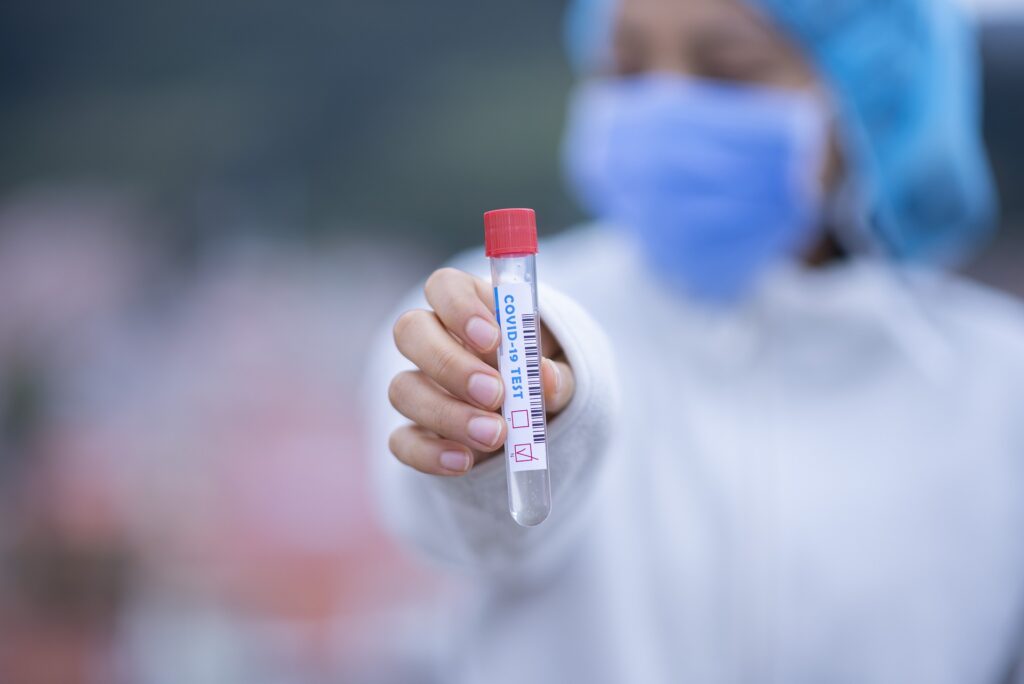Researcher Miguel Castanho considered today that it is still too early to ease restrictions at this stage of the pandemic, arguing that it is necessary to have “much lower” values in terms of incidence, hospitalizations and deaths from Covid-19.
“What we have to decide now is the ideal point to ease restrictions, which I believe will not be yet”, the researcher from the Institute of Molecular Medicine told Lusa, two days before the meeting that brings together experts and politicians, to assess the epidemiological situation of Covid-19 in the country.
For Miguel Castanho, what needs to be done now is to recognize that all indicators are in a downward phase, namely incidence, hospitalizations and deaths.
«OR(t) [transmissibility index] is clearly below 1, which points to this downward phase (…) the number of fatalities seems to have started to stabilize, eventually decreasing, but we have nothing to celebrate because the value is quite high”, with “an absolutely unbearable number of daily deaths”, he stressed.
Although, in proportional terms, the number of people who died due to the Ómicron variant was “much lower” than that observed with Delta, as there were many people infected, the number of deaths in absolute terms “was still quite high”.
On whether these deaths from Covid-19 may have been motivated by other causes, the professor at the Faculty of Medicine of Lisbon said it was “a false question”.
"Although Covid-19 only worsened the other disease, what is certain is that it is a contributing factor to the death or worsening of that person's condition", which is at a much greater risk, he justified, stressing that he did not the severity of Covid-19 should be underestimated.
Returning to the issue of easing restrictions, Miguel Castanho said that it should happen when “much lower values” of incidence, hospitalizations and fatalities are reached.
These values should approximate those defined for the risk matrix of 120 cases per 100 inhabitants at 14 days. “Now we are still around XNUMX [cases] just to get an idea of the lag we are in in relation to the initial parameters”, he observed.
“When we reach figures that are more comparable to these, when we clearly have a number of fatalities much lower than what we currently have, and this should be at most half of what we currently have, then we are also closer to spring”, when it may be appropriate to review the containment measures.
The researcher also indicated that a relaxation of measures by the population is already being observed.
On the one hand, there is "a very strong desire" to pass this phase, "a very strong natural tendency to throw the pandemic behind one's back", and, on the other hand, people have the perception of an improvement phase and "the virus will no longer be as much of a concern.
Added to this is the difficulty that people already have in following the changes in the rules, tending “to forget them and live according to their own impression”.
For that reason, Miguel Castanho advised the authorities not to take one-off measures and to explain to people that, at a certain point, the country will enter a new phase and there will be a set of new rules.
“If each one of these things is changed punctually and isolated, so many, people do not follow and cannot be consistent with the measures that are in force, in addition to not understanding well and, therefore, it is more difficult to adhere to the plan”, argued.
The researcher also said that one should be “very cautious” when taking measures in comparison with other countries: “The logic of transmission, contagion, infections, diseases is a very local logic and we must sometimes resist making hasty comparisons between countries".
“Some countries are better than us and therefore easing restrictions and some countries had stricter restrictions than ours and are easing them,” he noted.



















Comments